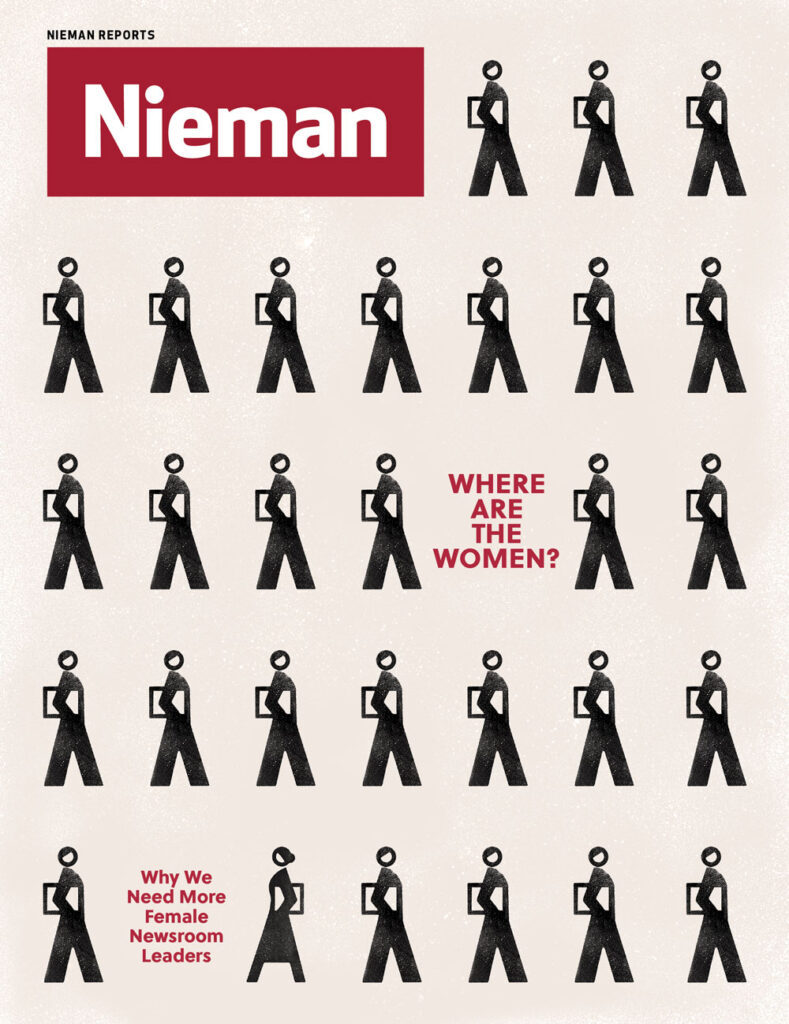There should be a recovery group for what I am: an author of nonfiction books, born in the 1970s. Yet I received shared Emmy and National Magazine Award nominations in multimedia this year.
How so? It started with a childhood obsession over film, which I continued as a film critic early in my career (I was cinematic cultist; vérité was my religion). That passion went into abeyance as I turned into a feature writer and author, living off word rates that actually paid the bills in the late 1990s and early 2000s. It re-emerged in 2012, when I became senior editor of The Atavist.
Videos were supplemental to the magazine-length pieces we published at The Atavist until I decided to flip that equation—let the film be long-form with the text as the shorter element. I knew I wanted Maisie Crow to make the film. She is a very talented filmmaker who was teaching a multimedia workshop with me at Columbia Graduate School of Journalism.
Maisie heard about a court case in Mississippi that could close the state’s last abortion clinic. She went down there and I convinced her to do the story for our collaboration with The Atavist. The result was “The Last Clinic,” Crow’s 50-minute film of uncommon intimacy and beauty, accompanied by a long essay that I reported and wrote. I think that these ground up independent collaborations, often self-assembled by writers, filmmakers, and photographers—rather than farmed out in a top-down fashion by a corporate entity—make for more truly integrated and authentic media. Being connected to our collaborators from the beginning of our projects can improve the work we produce.
People respond more to photography and video than in the past
My multimedia swerve is also the result of a broader change in media. The photographer Garry Winogrand once said, “If you didn’t take the picture, you weren’t there.” Many of our lives are now lived in this spirit. People respond more to photography and video than they have in the past—hello Instagram, selfies, the Kony video, et cetera. Writing is great; writing and images are better. What started as a job and a course has turned into an avocation. In a twist on the Winogrand quote, we might say of this new way of making media: If you go there, you must take the picture.



